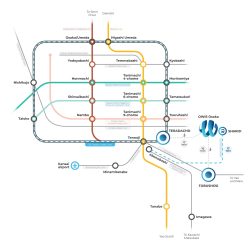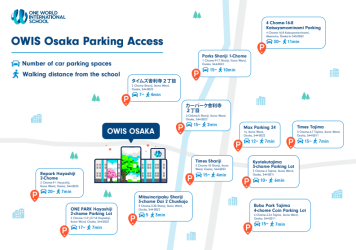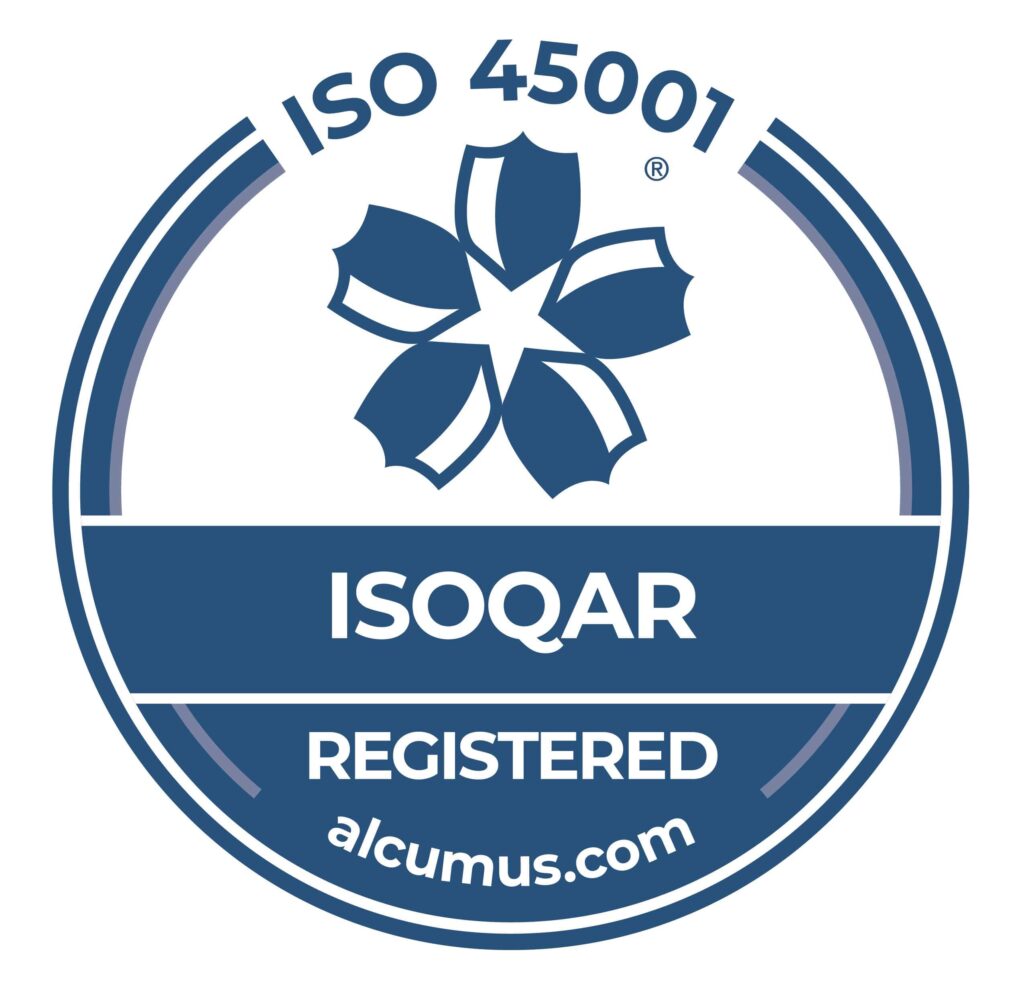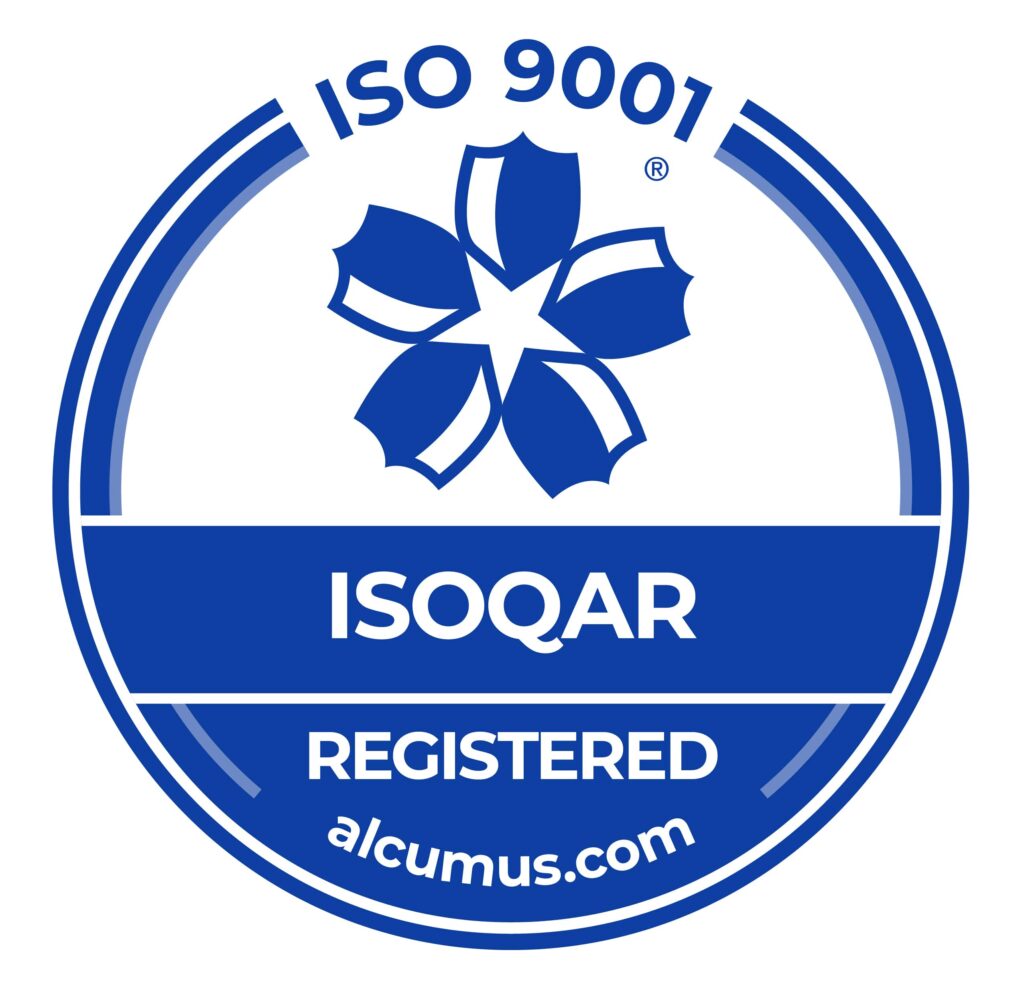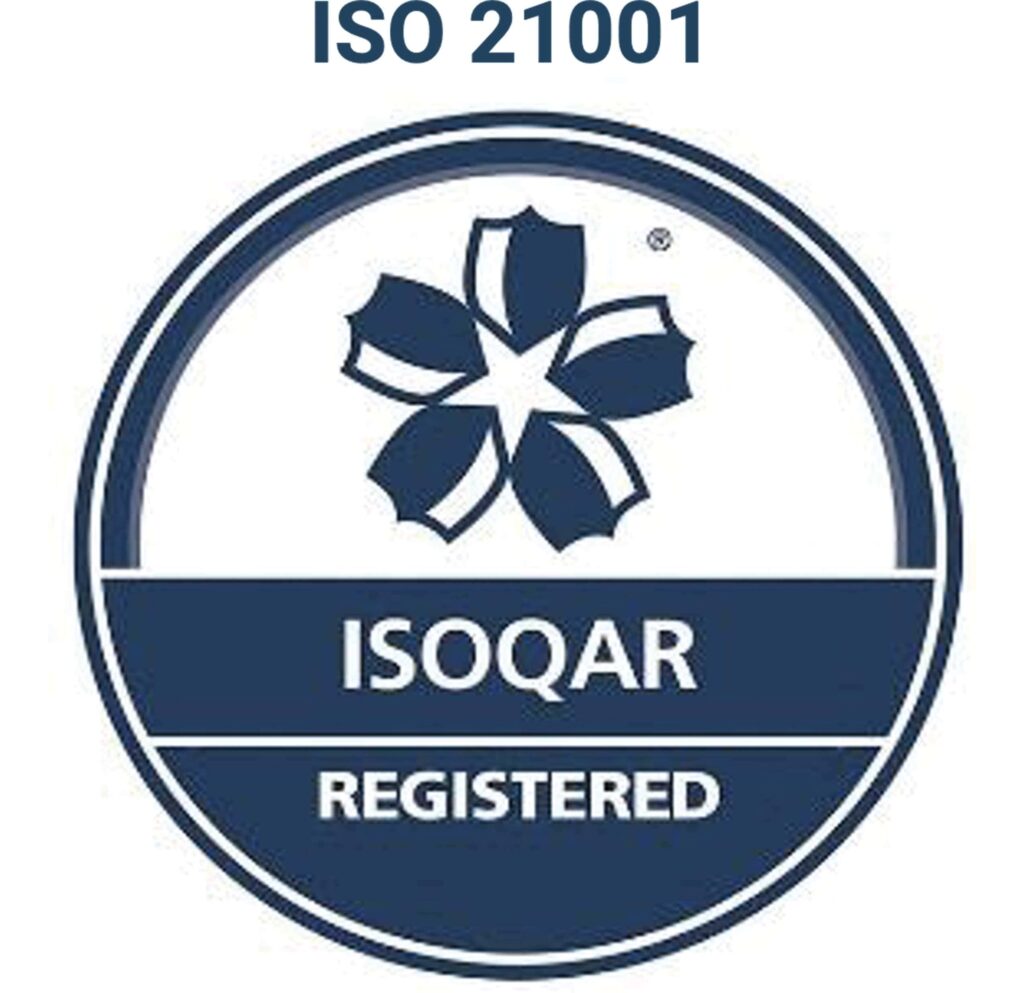Synopsis
In an increasingly interconnected world, more parents are choosing international schools over highly lauded traditional schools in places like Japan because of those international schools’ ability to offer a unique, multicultural experience. International schools are capable of incorporating enhanced language acquisition programmes, networking opportunities and a holistic education designed for character development as well as academic vigour.
Introduction
Japan is a stunning country with a myriad of opportunities for its residents, including outstanding educational facilities. The country’s public school system features a primary and secondary education system based on a rigorous national curriculum. Meanwhile, a strong network of prestigious, globally renowned universities like Kyoto University and the University of Tokyo attract students of every nationality and prepare them for a successful, rewarding career. However, there are an increasing number of reasons for parents to go beyond the public institutions in this country and choose alternative education facilities. In fact, many expatriate and Japanese families are opting to begin their children’s international education and social life early by enrolling them in one of Japan’s international schools, like One World International School, OWIS, in Osaka.
OWIS Oska offers as rigorous a curriculum as the national curriculum taught in Japan’s public schools, but it also offers much more. Here, parents will find a framework that incorporates home, academia and community, ensuring students graduate with greater confidence in themselves as well as a better ability to thrive within a multicultural community.
Graphic
Private international schools like One World International School Osaka are able to offer a more diverse array of amenities than public schools because of factors such as higher admissions costs. Some might see higher costs as too much of a barrier, while others might see it as an acceptable trade-off. If you are unsure whether to send your child to one of the local traditional Osaka schools or invest in an international school such as OWIS, consider the following:
Cost
| Public School | International School |
|---|---|
|
Currently, there are no tuition fees for traditional Japanese public schools. However, there are some expected costs for Japanese and international parents, such as lunch fees, PTA contributions and uniform costs.
|
International schools in Osaka, Japan, have enrolment fees and tuition costs. Generally, a parent can expect to pay between ¥1,000,000 and ¥2,500,000 per year.
|
Admission Process
| Public School | International School |
|---|---|
|
In Japan, children with foreign nationalities are afforded the same rights to public education as Japanese citizens. This also means parents follow the same enrolment rules in that they will register with the local Ministry or Board of Education, which will assign your child a school according to their age and home address. It is important to note that all admission and registration documents are in Japanese and must be filled out in Japanese, and while some schools offer bilingual support, it is not guaranteed that your child will be registered in one that does.
|
International schools will typically require an entrance examination as well as fees as part of their admission process. That being said, here, parents have a choice about where they want their student to go, and there is rarely any exclusion based on a child's place of residency.
|
Let's Go More in-Depth
Language Acquisition and Bilingual Education
If you are a foreign national or otherwise have a child for whom Japanese is not their dominant culture and language, one of the biggest discussion points in the international versus traditional school comparison will be about language. International schools bring together students from all around the world, most of whom already either speak English as their native tongue, have foundational skills in it or have a family committed to speaking and encouraging English at home and at school. Thus, in a school like OWIS Osaka, our curriculum prioritises bilingual education in English as it is the best way to ensure all students can learn and collaborate. If English is your child’s dominant language, then this is the environment that will best encourage their success.
Additionally, non-native English speakers also benefit from choosing bilingual education as offered by an international school like OWIS Osaka. Here, students are aided in language understanding not just in the present but also throughout their lives, as English continues to be seen as the international language of business, commerce, medicine and science. It is the most widely spoken language, and becoming fluent in it from the primary level is a considerable boon regardless of one’s native tongue.
English education is so important that Japan does mandate English language and English activity classes within the national curriculum from third grade to high school. However, these courses generally account for just one hour of instruction per school week. This is a far cry from the more immersive English education and instruction offered at an international school. This is also evidenced by a recent survey that showed Japan as ranking near the bottom of Asian and developed countries when it came to English proficiency.
Education Quality
Both traditional Japanese public schools and international schools offer high-quality education. However, there is one area in which traditional Japanese schools have consistently been criticised, and that is the need for more creativity development.
Entrance into a Japanese college or university depends mainly on the student’s entrance examination results for the institution. This has led to an over-emphasis on memorisation and test-taking strategies in the school curriculum, especially throughout the high-school years, rather than more creative activities like discussions, experiments and presentations.
In contrast, One World International School Osaka and many other international schools build their curriculum around the principles of Western educational philosophies. Our curriculum fosters and promotes educational development by encouraging project-based learning, which stimulates creativity and innovation.
Global Adaptability and Character Building
Japan still needs to incorporate Western facets as its citizens generally prefer their more distinct culture despite the country’s emergence as a global leader. While there is nothing inherently wrong with this, parents who wish their children to be more adaptable and able to collaborate more readily with others of various nationalities should consider the benefits of starting such multiculturalism at a young age. An international school offers the perfect setting and curriculum for just that, especially when compared to traditional Japanese schools, as the country remains over 98% ethnic Japanese.
Beginning Young with International Preschool
How young should you start? Language development begins when a baby is about six months old and starts to recognise the sounds of their parent’s native language. Between nine and eighteen months, they are saying their first words. International preschools like Early Learners International Preschool in Okinawa are growing in popularity as places to really encourage those early language acquisition and other foundational skills, ensuring a seamless transition into the primary grades.
Learn More
Here at One World International School Osaka, we are proud to enrol students from every corner of the globe, from ethnic Japanese children born in our city to the children of expats who’ve flown across the globe to make Osaka their home. We believe our school has something extraordinary to offer every student. Learn more by attending one of our upcoming admission events.







